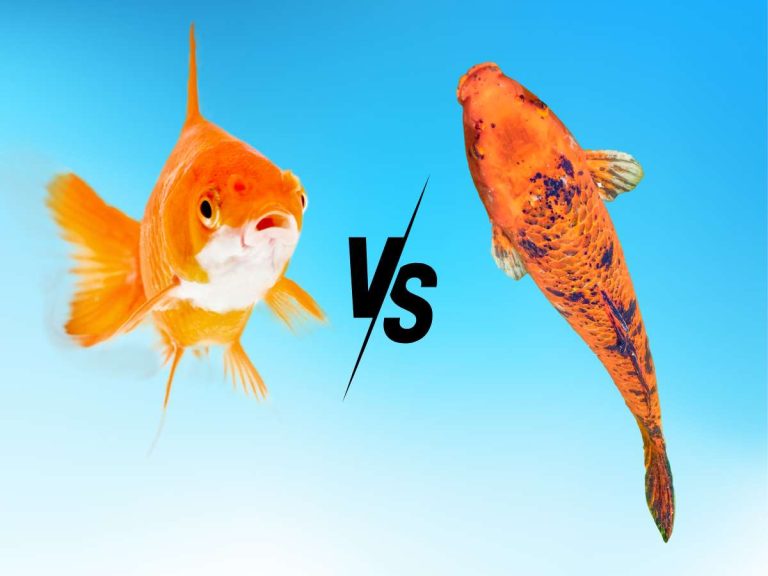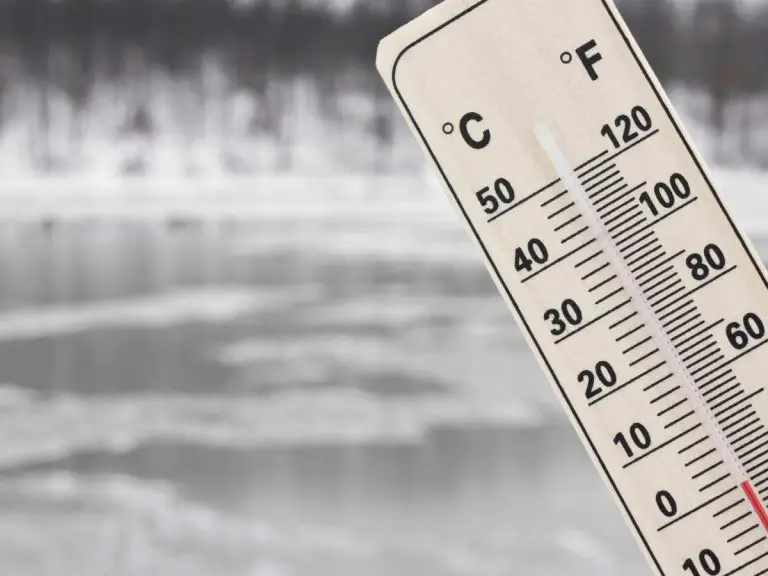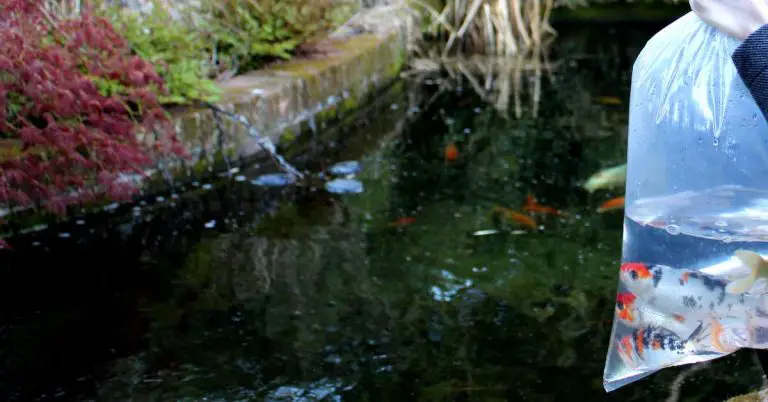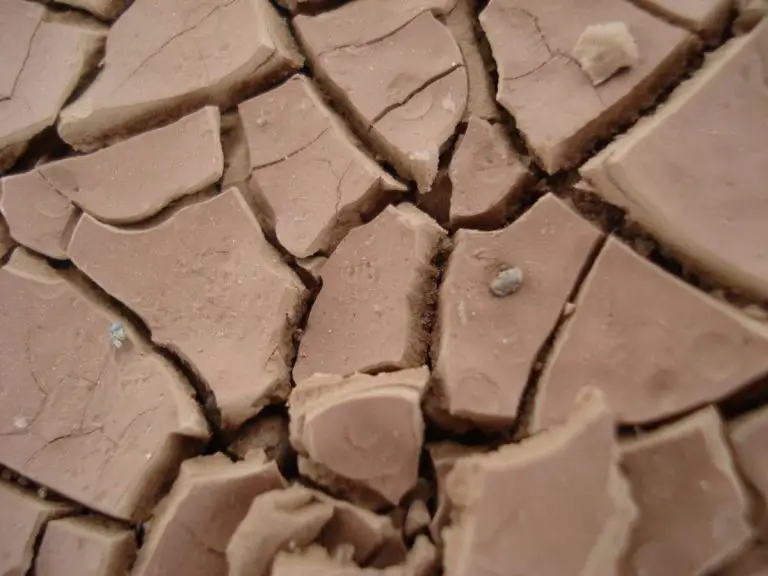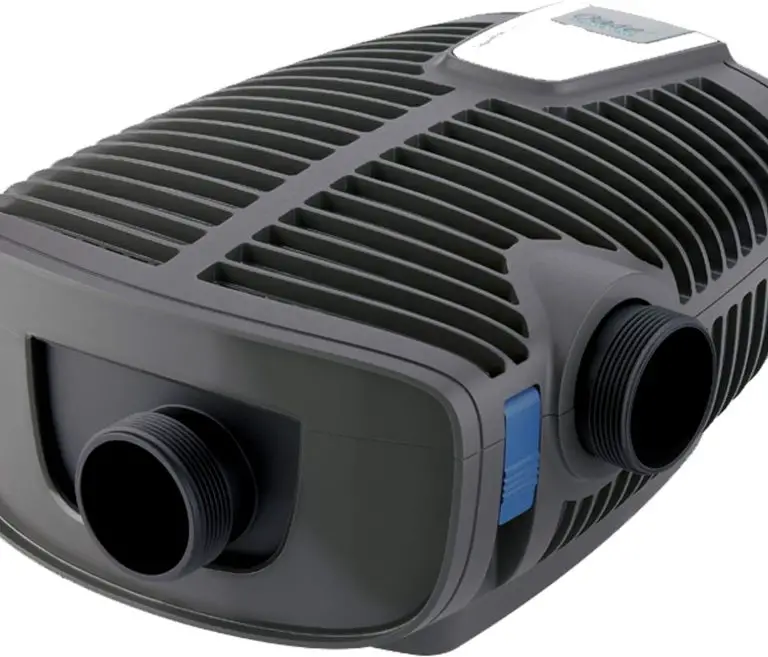Koi Carp Pox Treatment & Prevention Guide: Expert Advice For This Pesky Virus
If you’re a koi fish enthusiast facing the dreaded pox issue, you’ve come to the right place. In this article, we’ll dive deep into the world of koi carp pox, providing you with all the information and solutions you need to effectively manage and cure this pesky disease.
Koi carp pox is a viral infection that affects koi fish, causing unsightly growths or lesions on their skin. These growths can be white, red, or black in color and may appear on the body, fins, or even eyes of the fish. While it’s not lethal, it can cause aesthetic changes to the fish, leading to concerns among pond owners and enthusiasts.
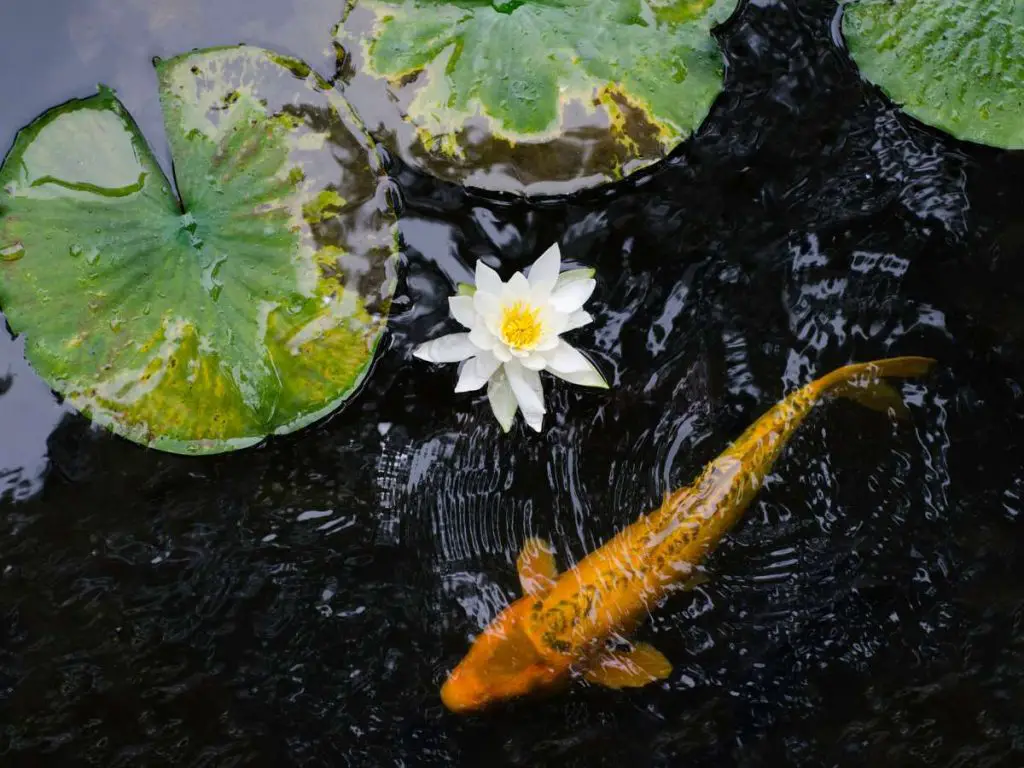
But don’t worry, we’ll walk you through the causes, symptoms, and differentiating factors of koi carp pox.
So, how to treat koi carp pox? First and foremost, there is no cure for carp pox. But, there are many things fish owners can do to both alleviate symptoms, prevent future outbreaks, and encourage healthier fish with better immune symptoms.
In this pox guide, we’ll guide you through the diagnosis process, covering prevention and quarantine measures, natural remedies, professional treatment options, and the step-by-step journey to caring for koi with fish pox. You’ll discover everything from holistic approaches to finding reputable professionals in your area.
Understanding koi carp pox
Koi carp pox is a common disease that affects koi fish, causing unsightly growths and raising concerns among pond owners. Also known as koi herpesvirus (KHV), it’s a viral disease that primarily affects the skin of koi fish.
Koi carp pox is caused by the Cyprinid herpesvirus-1. It manifests as abnormal skin growths on the koi’s body, especially along the dorsal ridge, sides, fins, and mouth. These growths can range from mild to severe, depending on the fish’s stress level and immune capacity. The disease is often described by its “candle wax” lesions or “frosting” on the skin.
The disease is also temperature-dependent, with symptoms being more prominent in cooler water temperatures. When water temperatures rise, the koi’s immune system becomes more active, potentially reducing or even resolving the lesions. However, this doesn’t mean the virus is eradicated; it simply means the visible symptoms have subsided.
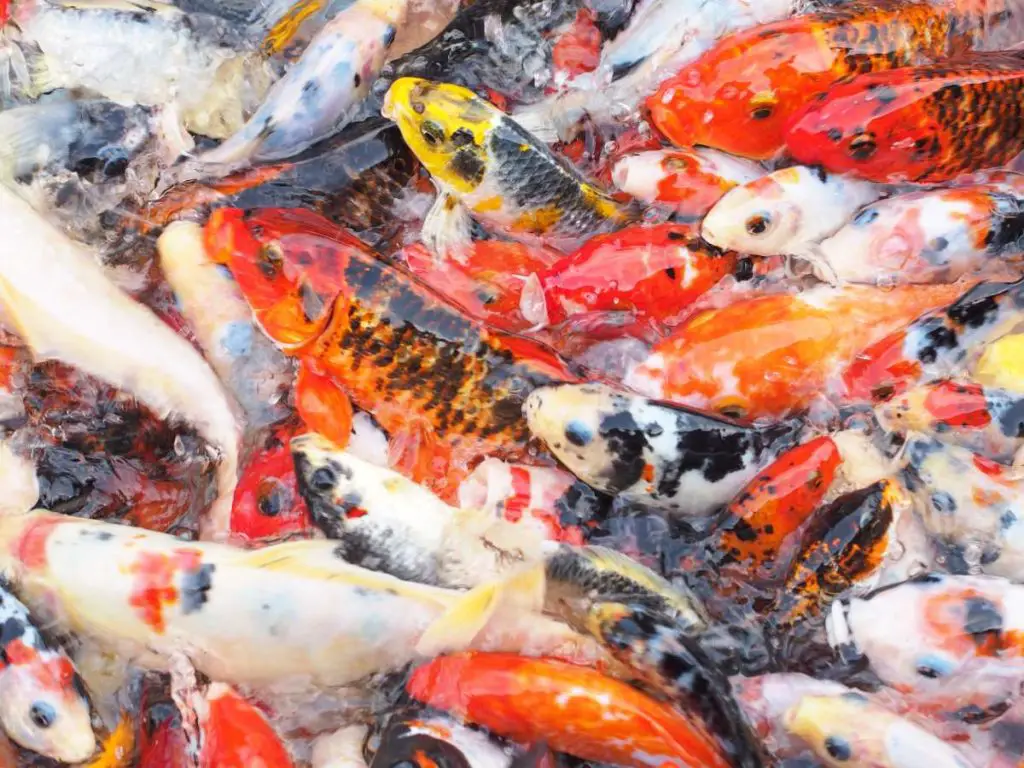
Reference table: Common symptoms of koi carp pox
| Symptom | Description |
|---|---|
| Pox lesions | Raised, wart-like growths on the skin |
| White or gray color | Color of the growths on the fish |
| Loss of appetite | Decreased interest in food |
| Behavioral changes | Unusual swimming patterns or isolation |
The causes of koi carp pox can vary, but it is commonly believed to be associated with stress, poor water quality, and a weakened immune system. The disease can be transmitted through direct contact with infected fish, as well as through contaminated water, equipment, or other objects in the pond.
Carp pox is caused by a herpes virus, specifically Cyprinid herpesvirus-1. This virus is related to other herpes viruses that affect fish, such as the Koi Herpes Virus (Cyprinid herpesvirus-3) and the Goldfish Hematopoietic Necrosis Virus (Cyprinid herpesvirus-2). Fish can contract the virus at a young age and may not show symptoms until much later in life. Stress can activate latent infections, leading to visible skin lesions.
Once a fish in a pond is diagnosed with carp pox, it’s likely that other fish in the same pond are carriers.
Diagnosing koi carp pox
It’s important to note that koi carp pox is distinct from other fish diseases, such as koi herpesvirus disease (KHVD) and bacterial infections. While all of these conditions may manifest similar symptoms, they have different underlying causes. Therefore, proper diagnosis is crucial to ensure accurate and effective treatment.
Diagnosing koi carp pox involves identifying the symptoms and conducting a physical examination of the affected fish – all said, you need to take several steps to do this accurately.
First, you need to gather the necessary tools and equipment for diagnosis. These may include a net, a clean container for examination, and a magnifying glass or microscope for closer inspection.
Once you have the necessary tools, you can proceed with the examination. Carefully observe the fish for any characteristic symptoms of koi carp pox, such as the presence of white or grayish raised bumps or warts on the skin, fins, or gills. These pox lesions are usually round or oval in shape and can vary in size.
How to perform a physical examination of koi fish
When performing a physical examination of koi fish, it is important to pay attention to specific areas where pox lesions are most commonly found. These include the fins, tail, mouth, and body. Gently handle the fish to thoroughly examine these areas and look for any signs of koi carp pox.
During the examination, make note of the number and size of the pox lesions. This information will be helpful in determining the severity of the infection and in creating an appropriate treatment plan.
Remember to handle the fish with care during this process to minimize stress and avoid causing any further damage.
Related: How To Treat and Prevent Dropsy in Koi
Prevention and quarantine measures
When it comes to koi carp pox, prevention is the key to keeping your fish healthy and happy. By implementing a few strategies and taking precautionary measures, you can significantly reduce the risk of your koi contracting this pesky virus.
Here are some best practices for koi carp pox prevention:
- Regularly check your koi for any signs of illness or unusual behavior. Early detection is crucial in preventing the spread of koi carp pox.
- Maintain clean and well-aerated water in your koi pond. Good water quality is essential for the overall health of your fish and helps prevent the occurrence of diseases.
- Ensure proper filtration and circulation in your pond. A quality filtration system will help remove any potential pathogens from the water, reducing the risk of disease transmission.
- Avoid overcrowding your pond. Overcrowding can contribute to stress among your koi, making them more susceptible to diseases. Provide enough space for each fish to thrive.
- Quarantine any new koi fish before introducing them to your existing pond. This is perhaps the most important preventive measure you can take. Quarantine procedures should include a separate tank or pond and a minimum duration of four weeks. This allows you to monitor the new fish for any signs of illness before introducing them to the rest of your koi.
Importance of quarantining new koi fish
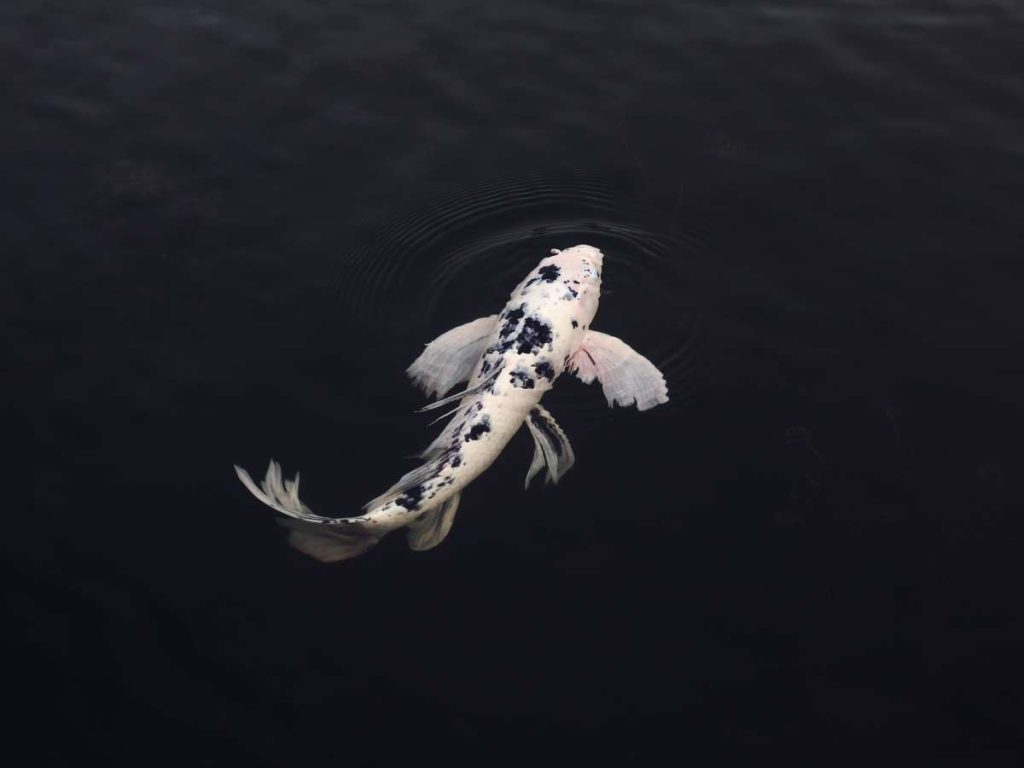
Quarantining new koi fish may seem like an extra step that requires time and space, but it is an essential practice to protect your existing fish population. By isolating new arrivals, you can closely observe their health and behavior before merging them with your established koi.
When setting up a quarantine area for new koi, it’s crucial to ensure that it is separate from your main pond. This can be a smaller tank or a separate pond, equipped with proper filtration and aeration systems. The quarantine period should last at least four weeks, allowing enough time for any potential infections or diseases to manifest.
During this period, closely monitor the quarantined fish for any signs of illness, including koi carp pox symptoms. If any issues arise, it’s best to consult a veterinarian or koi specialist for guidance on appropriate treatment.
How is koi carp pox treated?
Currently, there’s no definitive treatment for koi carp pox. Since the virus embeds deep into neural tissue, it’s impossible to completely remove or treat. Surgical removal of the plaques is not advised as they can grow back.
One potential way to alleviate symptoms is by raising the water temperature, which can boost the koi’s immune response and possibly resolve the symptoms. However, this is a temporary measure, and symptoms may return when the water temperature drops.
Given that carp pox is non-lethal and its symptoms are relatively minor, koi owners shouldn’t be overly alarmed by its presence. However, maintaining optimal water quality and reducing stress for the fish can help in managing the disease.
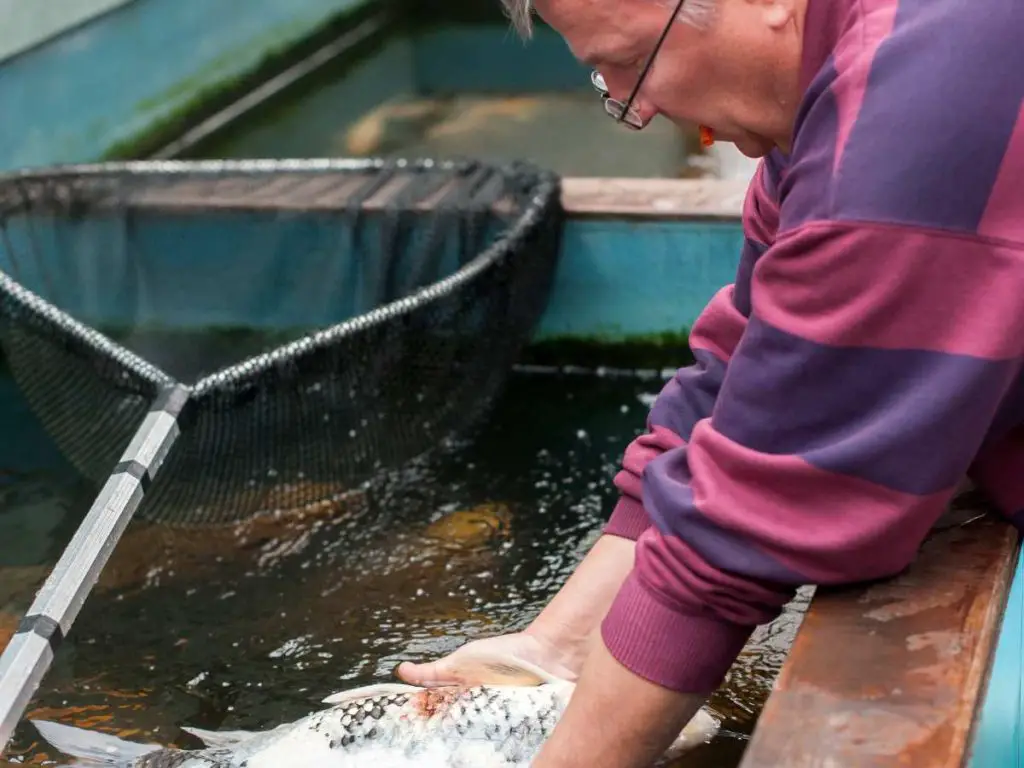
Professional treatment options
If you’re dealing with koi carp pox, consulting a veterinarian or koi specialist can provide valuable guidance and expertise in tackling this pesky disease.
When seeking professional treatment options for koi carp pox, look for reputable expert in your area. Look for veterinarians or specialists who have experience specifically with koi fish and have a deep understanding of their unique needs.
You might also ask fellow pond enthusiasts for recommendations or consult with local pet stores or fish suppliers. They often have connections with knowledgeable professionals who can effectively diagnose and treat koi carp pox.
Once you’ve found a reliable professional, they can help you navigate the various medical treatment options for koi carp pox, including topical ointments or creams for symptom relief, or immunostimulant medications to boost the fish’s immune response
Again, there is no cure for koi pox. But these treatments are specifically designed to target the virus and help your fish recover from its symptoms.
Remember to closely follow the instructions provided by your veterinarian or koi specialist when administering these treatments. It’s crucial to adhere to the recommended dosage and treatment duration to ensure the best chances of success.
Important considerations during the healing process
While treating koi carp pox, there are a few crucial factors to keep in mind.
First, water quality is paramount for the koi’s recovery. Ensure that the quarantine tank is equipped with a reliable filtration system that can effectively remove harmful substances from the water.
Monitor the water temperature closely. Koi carp pox healing tends to be more successful in warmer water, as it promotes the fish’s immune response. Aim for a temperature between 78°F and 82°F.
And avoid overcrowding the quarantine tank. Overpopulation can increase stress levels and hinder the healing process. Provide ample swimming space for the infected koi by limiting the number of fish in the tank.
Conclusion
In conclusion, while koi carp pox can be concerning due to the visible lesions it causes, it’s not a life-threatening condition. Proper pond maintenance, stress reduction, and quarantine measures can help manage and prevent the spread of this disease.
Related Questions
Can koi carp pox be passed on to other fish species in my pond?
Yes, it is possible. Although koi carp pox primarily affects koi fish, it can also infect other species of fish in the pond. Therefore, it is important to quarantine any infected fish and monitor the health of other fish in the pond to prevent the spread of the disease.
Is koi pox contagious to humans?
No, koi pox is not contagious to humans. It is a virus specific to fish and does not pose any risk to human health.


